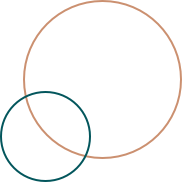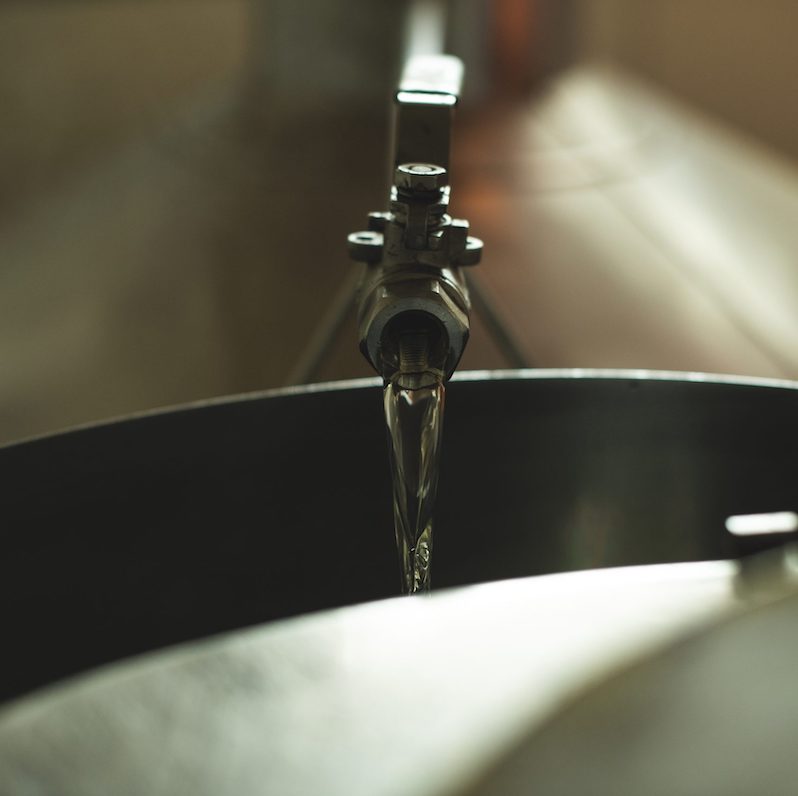How it’s made
Mānuka oil is made in New Zealand using steam distillation. Every batch of oil is tested by an independent laboratory and full traceability from plant source to oil is delivered to global customers.
Chemical free production process
Not tested on animals
Mānuka oil Production
Until recently most of New Zealand’s mānuka oil production came from wild-harvested mānuka. Local community crews of harvesters using brush cutters gathered fresh branches, leaving the mānuka trees to regrow for harvesting every 6-12 months. The steep terrain meant wild harvesting was weather dependent.
Over the last decade, mānuka plantations in the East Cape region of New Zealand are allowing for sustainable mechanical harvesting of mānuka leaves and small branches every 8-12 months to produce consistent quality mānuka essential oil at a commercial scale for global customers.
The essential oil is distilled from the leaves and small branches of the mānuka bush using the technique of steam distillation where the steam is passed through the leaf material for five hours. No chemicals are used in this process. The steam is then condensed and the oil floats on top of the condensed water and is drawn off.
Distillation processes vary from the super-heated fast extraction method to the slower ambient pressure distillation at lower temperatures.
Each tonne of foliage produces between 2-5 litres of high β-triketone mānuka oil.

Sustainability
The East Cape mānuka oil industry has a strong focus on sustainability.
The local community of East Cape plays a pivotal role in growing the industry.
Oil production does not harm the manuka trees.
Leaf waste is either used for fertilizer or for developing waste to value options such as wood pellets, or packaging materials.
Plant breeding programmes use genetically selected seeds from local plantations, which are grown into seedlings and returned to plantations.

